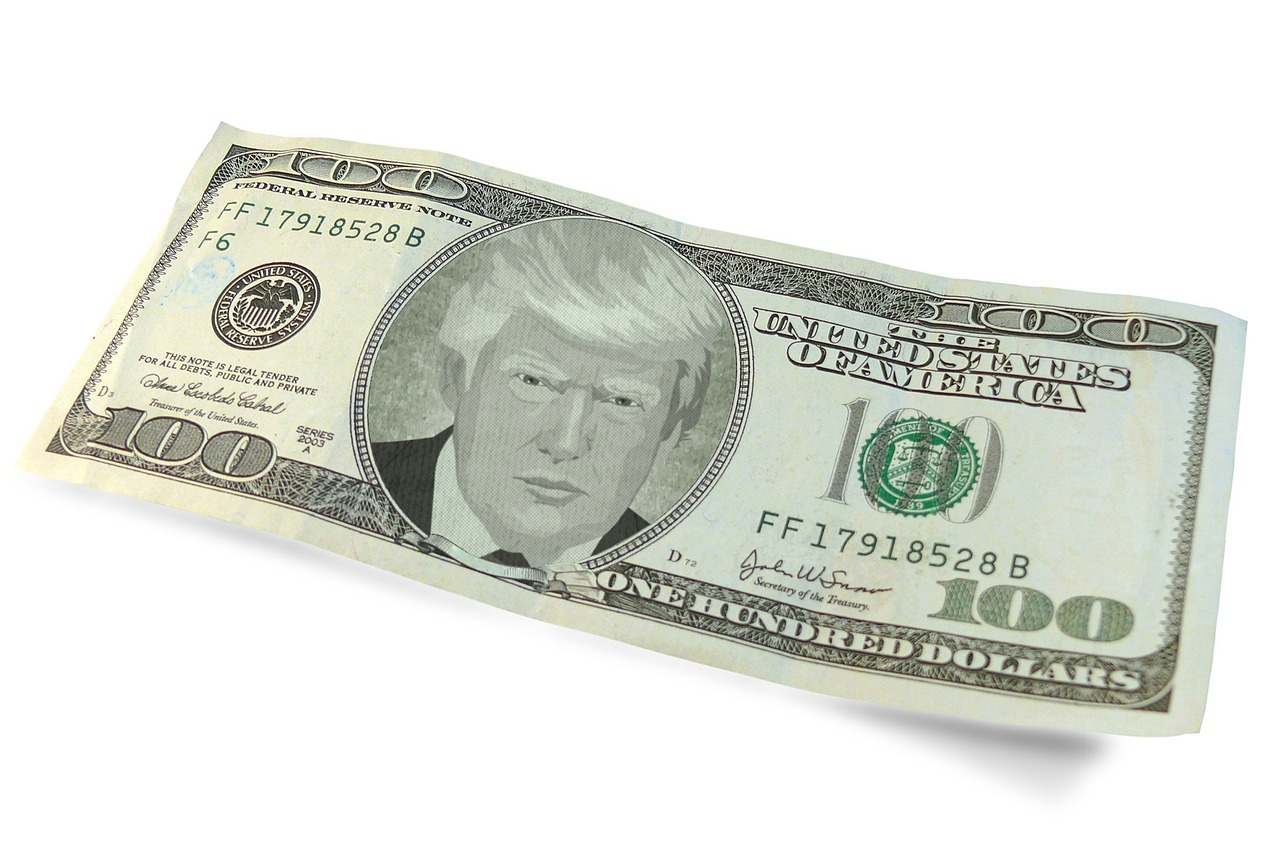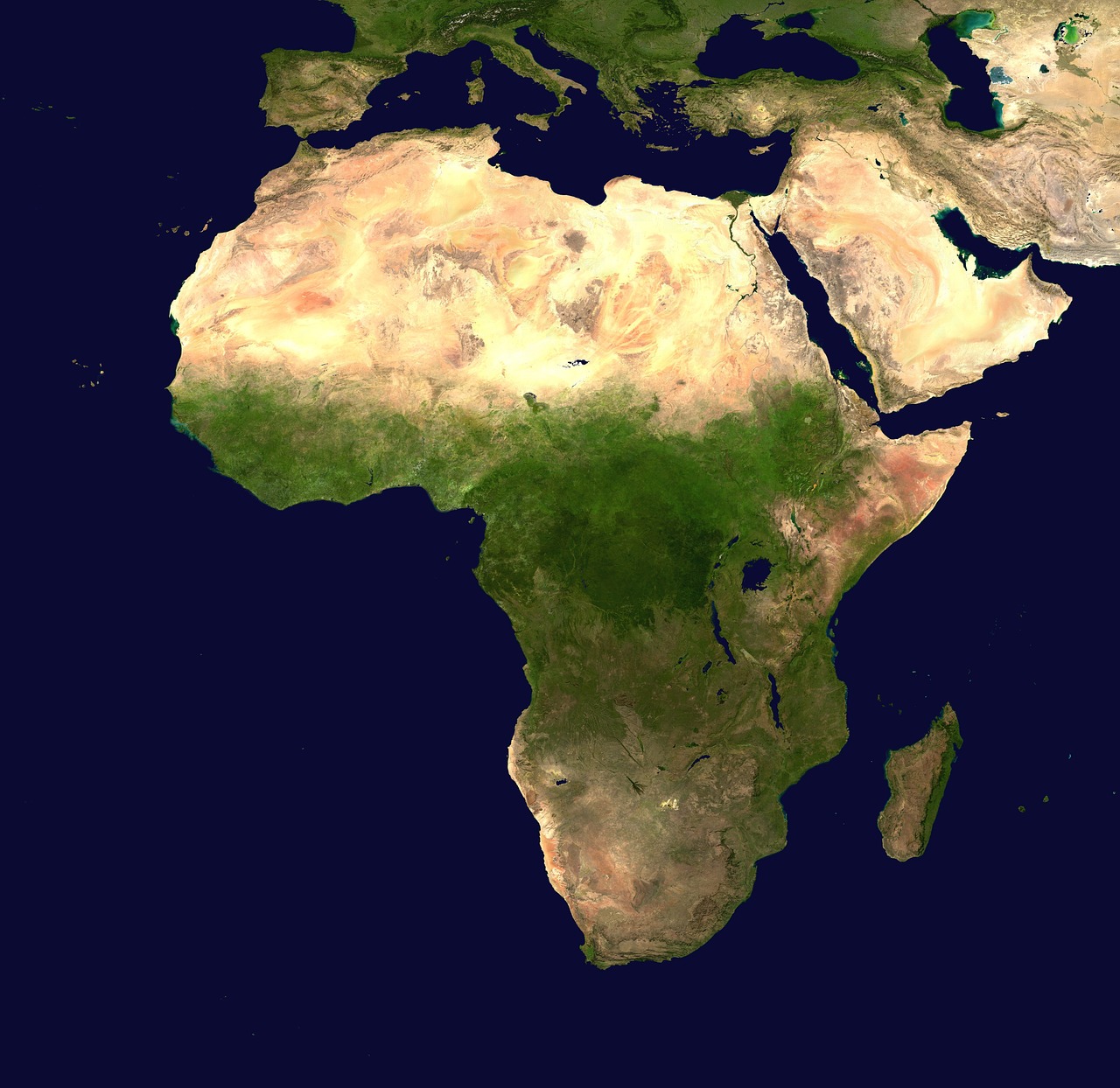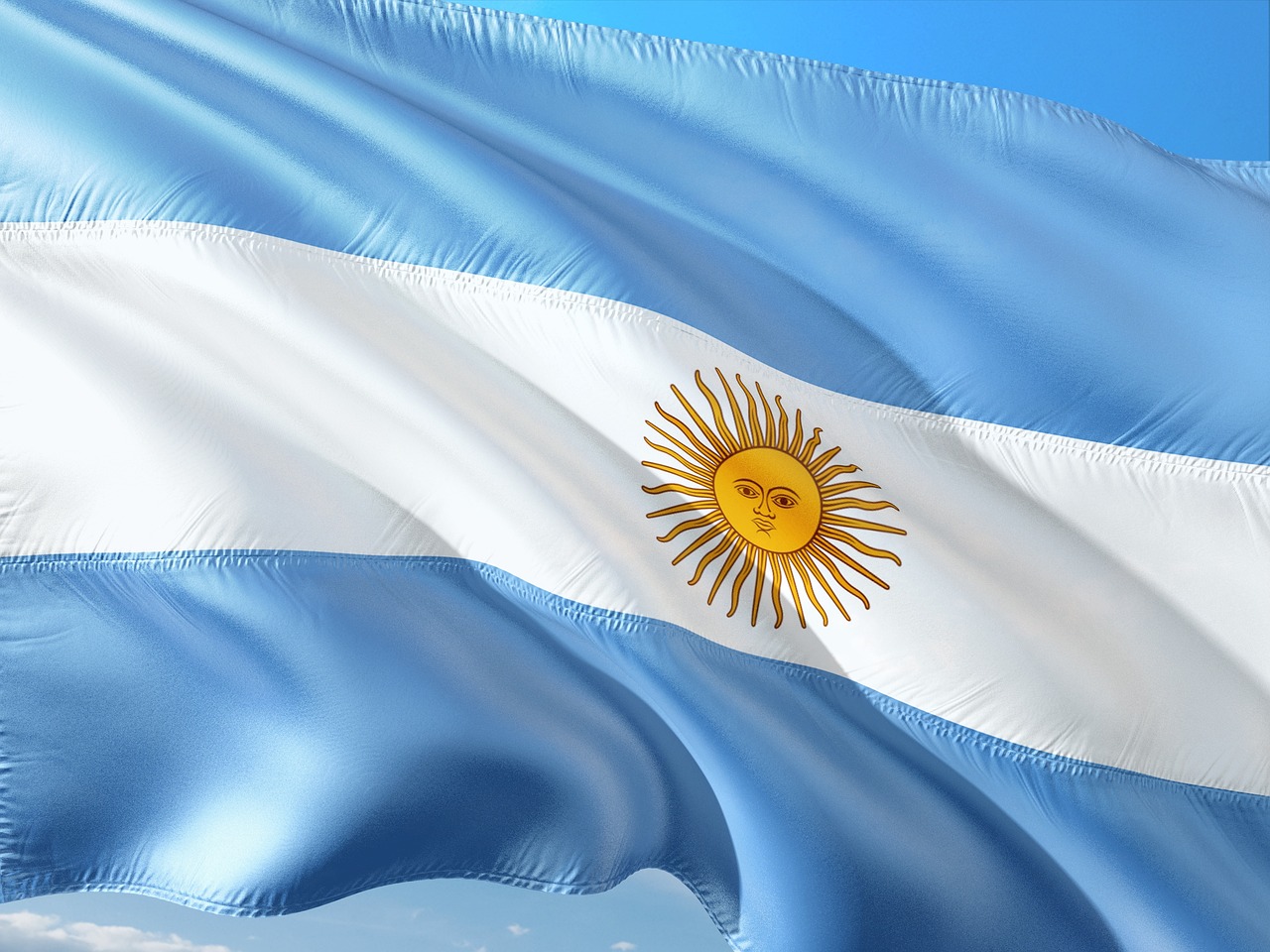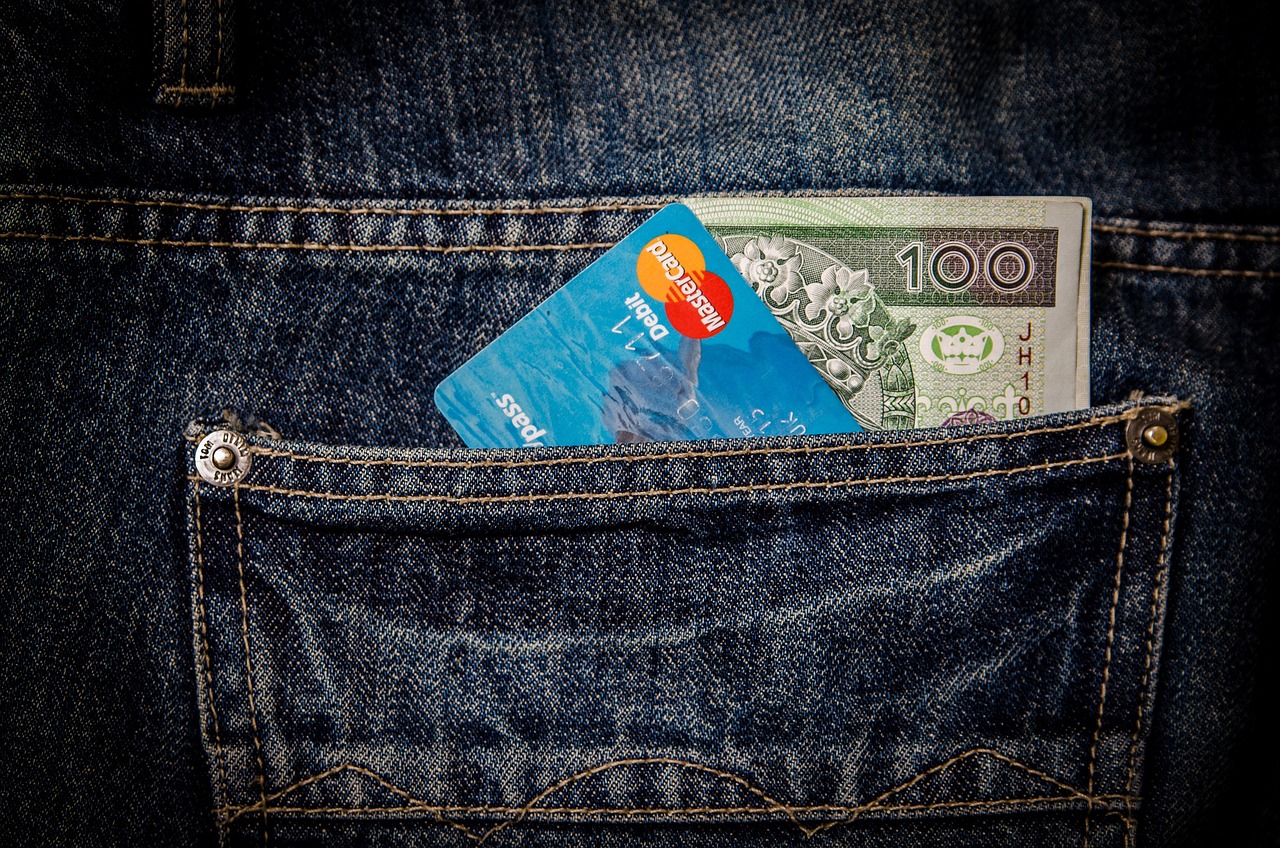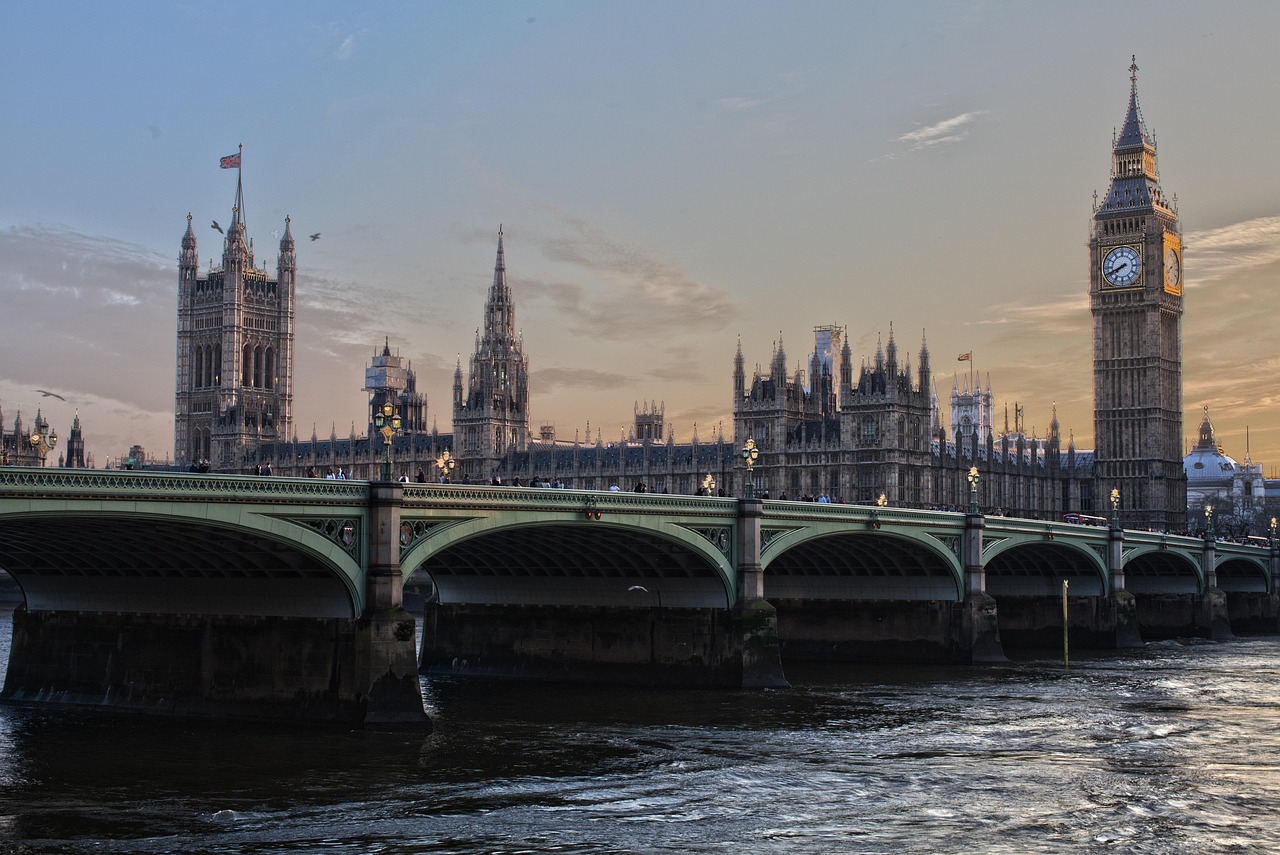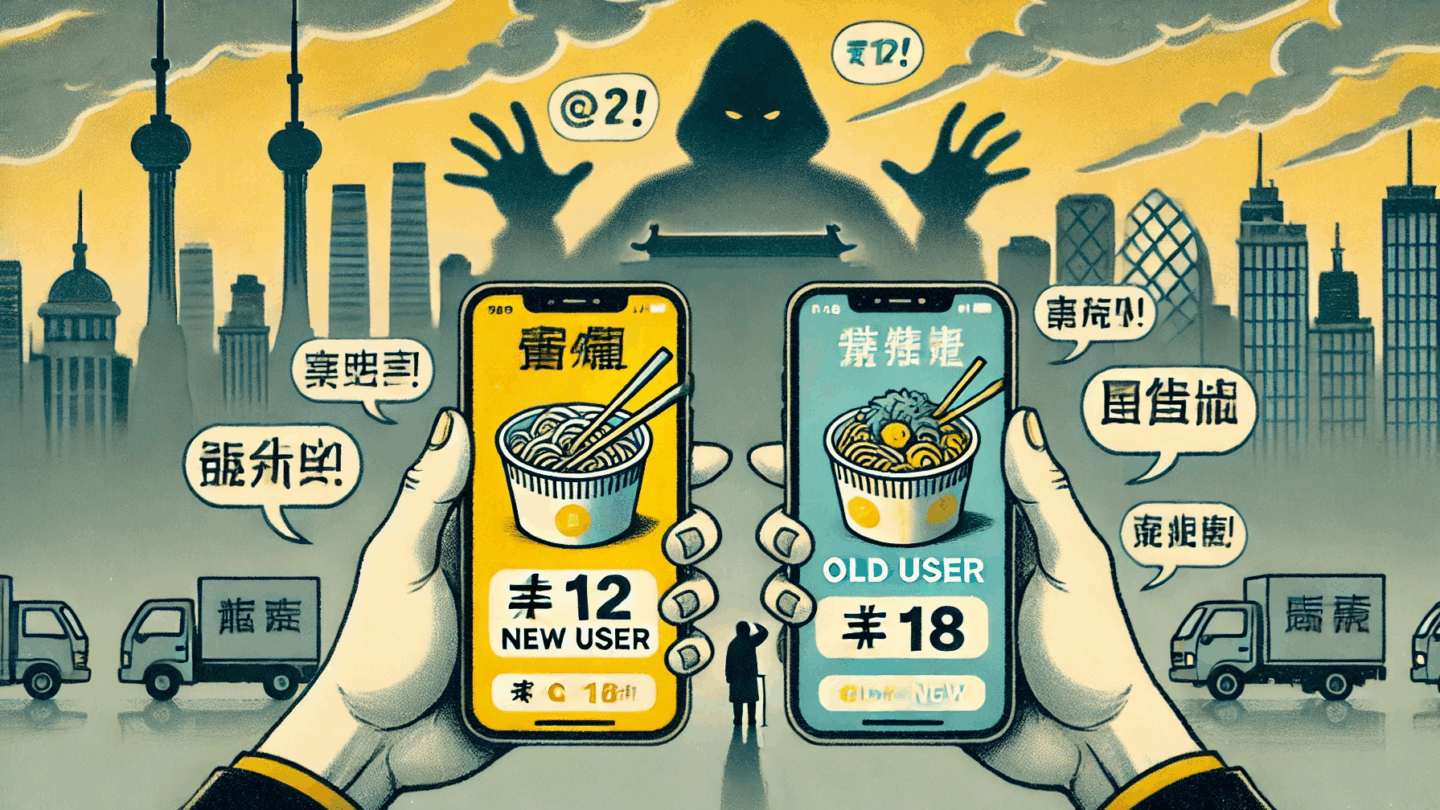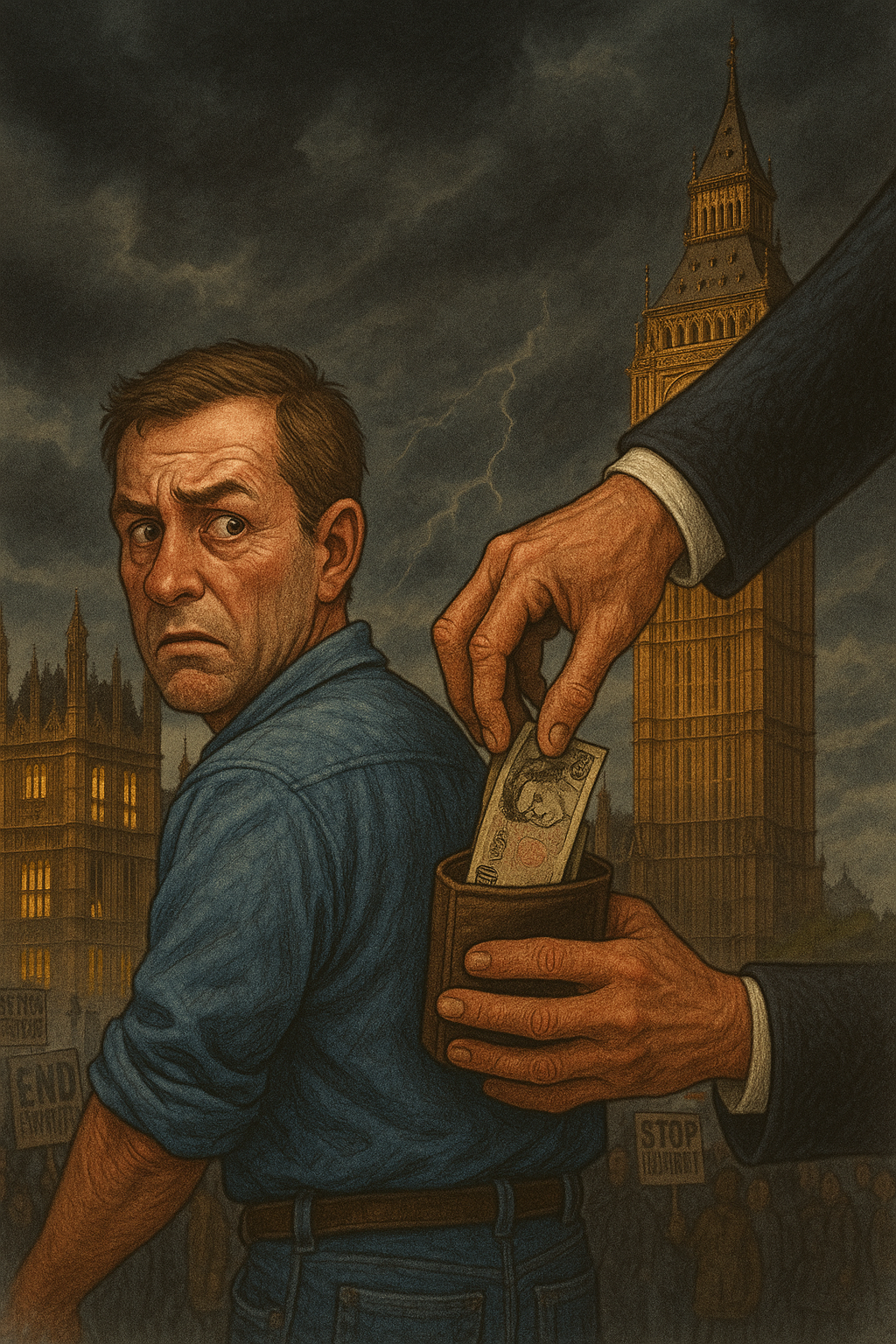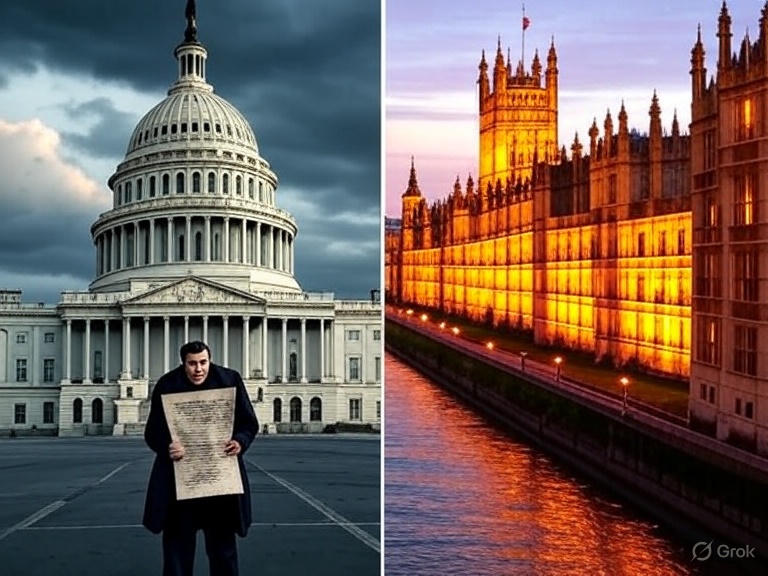It’s Groundhog Day for the American economy. The US is returning to economic isolationism almost a century after the disastrous Smoot-Hawley Tariff Act of 1930, which worsened the impacts of the Great Depression. Trump’s tariffs will likely have similarly devastating ramifications.
On “Liberation Day”, Trump signed into law an additional 35% tariff on China, with a minimum of 10% imposed on 57 other countries.
A common misconception often promoted by Republicans is that foreign governments and companies bear the cost of tariffs. In reality, tariffs are not paid by foreign exporters but are passed down to consumers, harming the wallets of the working and middle class the most. These tariffs will cost the average US household over $3000 a year after tax, with the poorest Americans losing 4% of their income. When you put a tariff on any country, you end up taxing your people.
Trump’s reciprocal tariffs are intended to discourage consumers from buying foreign goods and encourage them to purchase domestic products instead, which appear cheaper without an added tariff.
He plans to “Make America Great Again” by taxing almost everything foreign to “improve our competitiveness in every area of industry”. In reality, taxing foreign companies reduces competition, leading to less efficiency and innovation in domestic industries.
Take the motor vehicle industry; the second largest imported industry in the US. The US imports around $265 billion in vehicles, which constitutes 45% of all motor vehicle sales. Canadian and Mexican imports make up 23% of those sales. Tariffs could raise the average vehicle price by $3,000.
Domestic companies are already bearing the brunt of higher manufacturing costs after Trump’s “Liberation Day”: Automaker company Stellantis has laid off 900 US workers in Indiana and Michigan immediately after the reciprocal tariffs were announced. Trump’s “America First” agenda has instead put workers last.
The lack of competition will drive up domestic prices due to a lack of cheaper alternatives, hurting consumers even more.
Globally, Trump’s tariffs would not only disrupt trade but would also have broader geopolitical consequences. High tariffs undermine the fundamental principles of free trade and economic liberalism – two central tenets of Western liberal influence.
The EU/US trade is the largest bilateral relationship in the world, according to the OECD 2023. The EU’s top exports to the US are cars, pharmaceuticals, and industrial machinery, which account for nearly half of the EU’s exports to the US. An additional 20% reciprocal tariff will most likely lead to retaliatory measures from the EU, weakening economic ties, and reducing overall trade efficiency. If Canada, a historical ally of the US, could impose immediate retaliatory tariffs on the US, what prevents the EU from doing the same?
Most importantly, does any side win from Trump’s liberation day?
Consumers on both sides inevitably lose, but the impact extends far beyond individual buyers.
While our adversaries strengthen their alliances, the West finds itself increasingly fractured, eroding trust among its members. While BRICS expands its membership and begins talks of starting their currency, the West talks about setting tariffs against each other. We are stronger together when we trade together.
When isolating the second-largest free market and democratic ally to the US, there is a risk of potential authoritarian forces taking advantage of a weakened relationship. This shift in relations could undermine the Western neoliberal influence, particularly because strong transatlantic trade ties are key to maintaining global stability. For example, the US funding of the EU is what keeps Russia from any further annexation of Ukraine. This shows that the slow erosion of partnerships and trading groups like the EU and NATO via Trump’s tariffs would end up with a lose-lose situation for both consumers and historic democratic alliances of the West.
Every new tariff isn’t just a tax on foreign goods: it’s another obstacle that raises prices, disrupts supply chains, and invites retaliation. This tangled web of trade barriers creates a chaotic system of overlapping tariffs and trade agreements that increase costs and complicate global business operations.
If history has taught us anything, it’s that protectionism doesn’t make a nation stronger, but boxes it in, leaving America walled off from growth and prosperity.
President Truman made the world a better place by spreading free trade and democracy during the reconstruction of Europe after WW2, through his Marshall Plan and Truman Doctrine to prevent the further spread of communism throughout Europe.
America shouldn’t just backtrack and isolate itself from the world after experiencing record historical economic growth, better living standards, and rapid technological progress as a result of Truman’s legacy of globalization. Protectionism might seem like a quick win for a populist like Trump, but it’s a huge step backward to an era of scarcity and stagnation.
While Trump’s intentions have resonated well with the protectionist ‘America First’ voter base, this will undoubtedly be a short-lived celebration – Liberation Day will go down as Stagnation Day in the history books.

